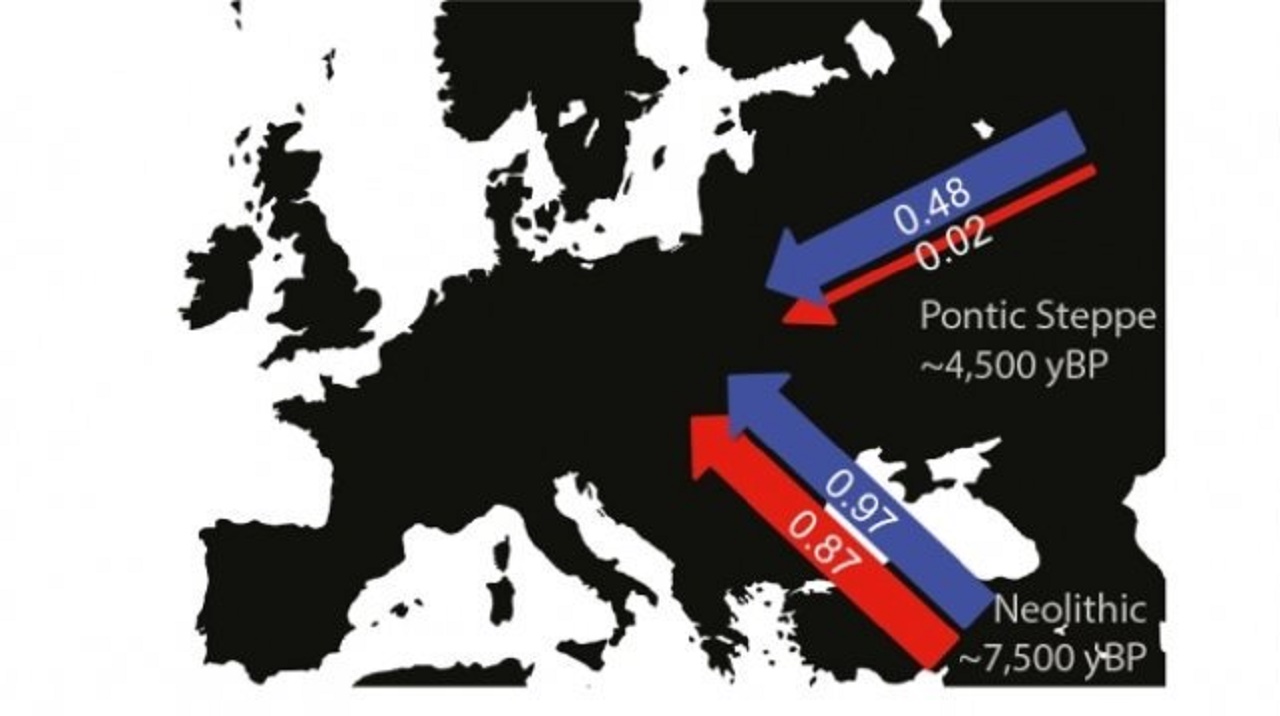
Credit: Mattias Jakobsson
The group that migrated to Central Europe 5,000 years ago consisted almost entirely of men, according to a new study.
Recent genetic studies have shown that there were three major prehistoric migrations of peoples into Europe.
The first migration occurred when homo sapiens first colonized the continent around 43,000 years ago, eventually replacing the Neanderthal population already living in Europe around 40,000 years ago.
Then, another migration occurred 8,000 years ago when people from what is now Turkey spread the concept of agriculture throughout Europe. The third migration took place 5,000 years ago when people from Central Asia migrated into Europe.
A new genetic study by researchers from Uppsala in Sweden and Stanford University in the US. shows that the second migration wave consisted of an equal proportion of women as men, but the second great wave of people from the East consisted of ten times the more men than women.
The researchers investigated the genetic ancestry on the sex-specifically inherited X chromosome and the autosomes in 20 early Neolithic and 16 Late Neolithic/Bronze Age human remains.
These men were probably nomadic with possibly both cattle and horses and had no central organization. Written sources from the time also suggest that young men from the great steppe regions of Central Asia left their home region because they had no inheritance or occupation at home.
Reference:
Goldberg A. Et. Al.Ancient X chromosomes reveal Contrasting sex bias in the Neolithic and Bronze Age Eurasian migration. PNAS, DOI: 10.1073 / pnas.1616392114


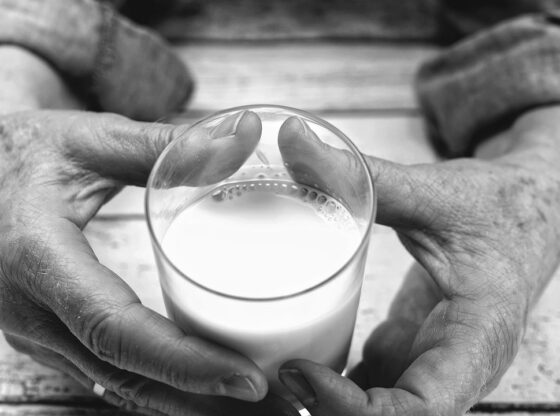


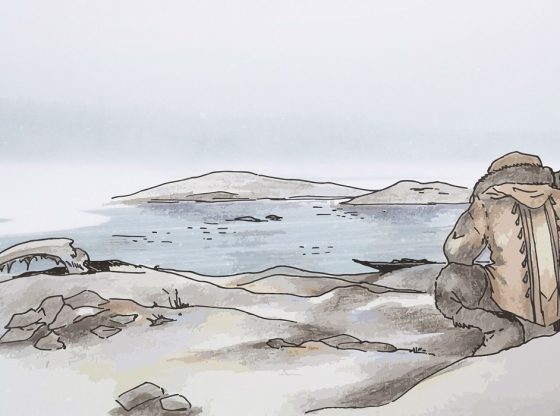
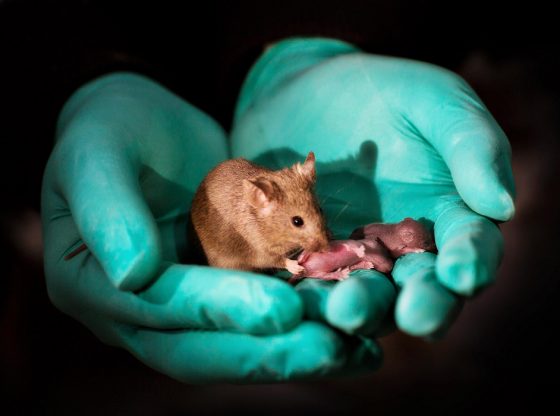
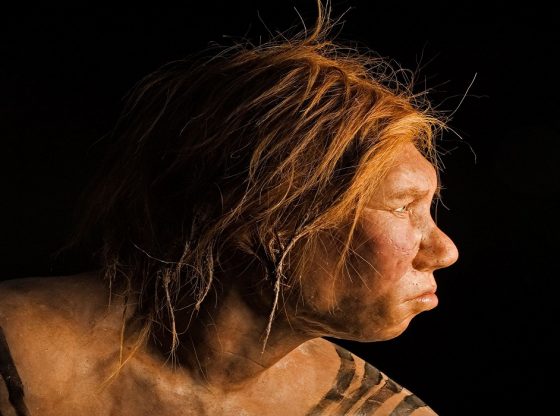

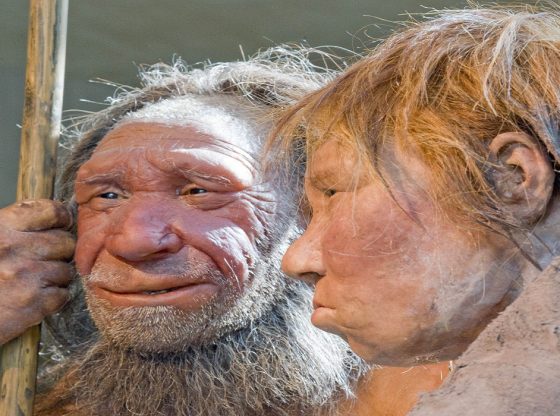

![OpenAI. (2025). ChatGPT [Large language model]. https://chatgpt.com](https://www.illustratedcuriosity.com/files/media/55136/b1b0b614-5b72-486c-901d-ff244549d67a-350x260.webp)
![OpenAI. (2025). ChatGPT [Large language model]. https://chatgpt.com](https://www.illustratedcuriosity.com/files/media/55124/79bc18fa-f616-4951-856f-cc724ad5d497-350x260.webp)
![OpenAI. (2025). ChatGPT [Large language model]. https://chatgpt.com](https://www.illustratedcuriosity.com/files/media/55099/2638a982-b4de-4913-8a1c-1479df352bf3-350x260.webp)








